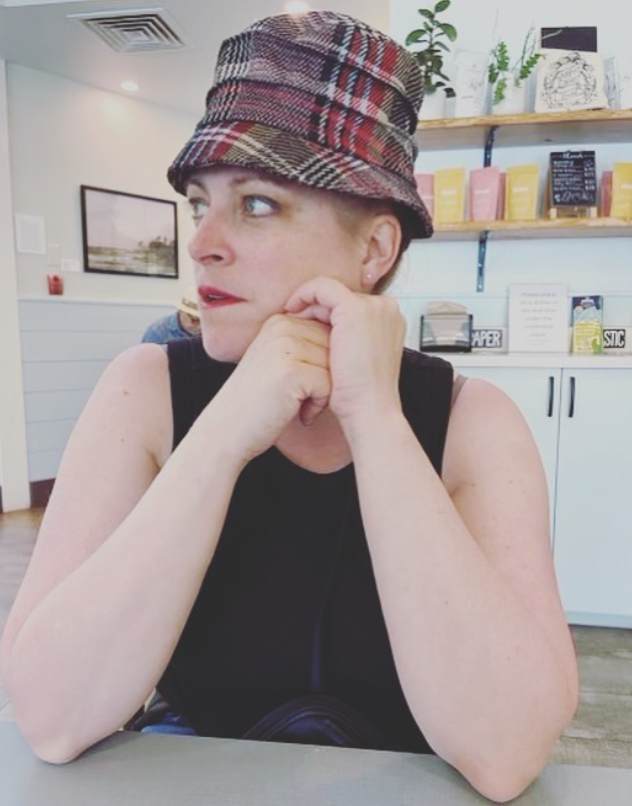Flip Your Classroom! … Jeff Lewis says Yes!

So..WhatchU Talkin’ About Today, Brandi?
Well…today I am talking about Flipped Classrooms.
At the heart, flipping your classroom is like flipping a house.
How so, Brandi?
Well..when renovating a house to flip it, your goal is to add value.
When flipping a classroom, you are looking to add value.
Oh!
Yes…so…What part of your instructional day needs more value?
Bergmann and Sams state (2014) “the basic premise behind the method is that direct instruction and lecture is not an effective teaching tool in the group learning space, but is effective when delivered to individuals” (p. 29).
So…Flipping a classroom is meant to be a way of adding value to instructional time…by moving direct instructional/lectures away from class time.
Then…students have the flexibility to view videos at home at their own pace.
They absorb background knowledge/skills before the next lesson.
This allows teachers the flexibility to facilitate and guide process work with individuals or small groups in the next lesson…voila..adding value.
So…it means taking a look at what you have now.
Yes!
As Bergmann and Sams state (2014) “The key is to rethink and reimagine what class time should look like” (p.30).
And…keep in mind…
“Flipped learning is not about how to use videos in your lessons. It’s about how to best use your in-class time with students.”(Bergmann & Sams, 2013,p.16)
Changes to the flip classroom have gone beyond using videos as introductory tools.
Quillen states (2013) “While using video to introduce new concepts is still the most common tactic… more educators are now choosing to use video to supplement already-learned content, or even to have students search online and report on how the videos they find build on their classroom learning” (pS10).
Research on Flipped Classrooms
Goodwin & Miller state (2013) “To date, there’s no scientific research base to indicate exactly how well flipped classrooms work” (p.78)
However there are benefits that have been noticed. (Goodwin & Miller, 2013, p. 78-79)
1. Improved Student-Teacher Interaction
2. Opportunities for Real-Time Feedback
3. Student Engagement
4. Self-Paced Learning
5. More Meaningful Homework
Two important links to check out: Flipped Classroom Survey and a Flipped Classroom Info-graphic.
Check back soon for more information on Flipped Classrooms.
With topics such as:
How to structure a flipped classroom?
How flipped classrooms support the inclusive model?
How to find videos for your Flipped Classroom?
How to “mini”-flip your classroom?
How to flip your literacy classroom?
How to flip in an elementary classroom?
So in the end, you must decide…will you flip?
Remember, it’s all about adding value…
Check out my Flipped Classroom Resource Page!
Until Next Time,
When I will be “Talkin’ About” something else…
References
Bergmann, J. & Sams, A. (2014). Flipped learning: Maximizing face time. T+D, 68(2), 28.
Bergmann, J. & Sams, A. (2013). Flip your students’ learning. Educational Leadership, 70(6), 16.
Goodwin, B. & Miller, K. (2013). Evidence on flipped classrooms is still coming in. Educational Leadership, 70(6), 78.
Quillen, I. (2013). Video transforms teaching tactics. Education Week, 32(32), S8-S10




